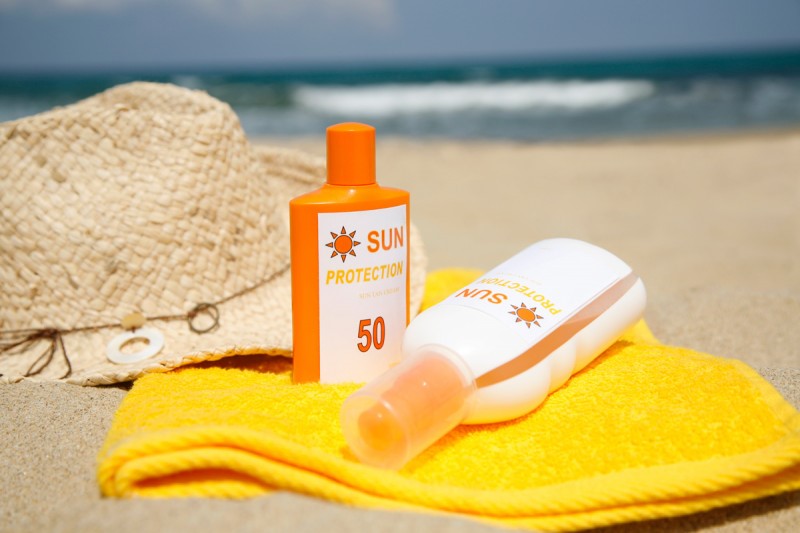Even though you can wear sunscreen correctly all year, it’s “officially” the season, and we’re going to share 5 sunscreens benefits and side effects with you so you can protect your skin from harm. The list of damage caused by not using SPF is long: hyperpigmentation, melasma, wrinkles, melanoma, and so on.
It is so important to protect your skin from sun damage that we are frequently uncertain about the type of soap we can use, so hopefully, these 5 do’s and don’ts of sunscreens can assist you in determining how to take care of your skin and prevent any possible damages.

Apply 15 minutes before leaving the house
Like for any decent skincare or beauty product, you must apply it insufficient time for it to settle, so when it comes to sunscreens, apply it 15-20 minutes before leaving so that it can be incorporated into your skin.
Select the right kind of sunscreen for your skin
Sensitive, dry, oily, mixed, acne-prone, or have a skin disease like rosacea or eczema, so buy a formula that suits your skin’s needs. It’s preferable if your dermatologist suggested one, but don’t run out to buy one after first researching what’s right for your skin condition, what products fit you/and the recipe so you don’t respond to any chemicals.
Invest in a sunscreen with a wide spectrum
So a strong broad-spectrum sunscreen protects against both UVA and UVB rays, which are very harmful to our skin, and the goal is to BLOCK these rays to prevent fine lines, pigmentation, irregular skin texture, large pores, coarsening of the skin, and collagen loss, both of which can cause the skin to sag. Don’t be misle by SPF 50+ because it’s not powerful, so look for one that fights UVA and UVB rays.
Apply and apply again
Did you know that it’s a good idea to apply and reapply sunscreen every 2 hours? Ok, you now have! If you’re going to be outside, don’t hesitate to protect your head, ear lobes, and even your mouth.
Wear a large amount
When applying sunscreen, stop getting scrimpy or missing areas like the neck and arms by using 2-3 tbsp for the face and 2-3 tbsp for the rest of the body.
Sunscreen is used with more than just clear skin
Sunscreens are appropriate for ALL SKIN COLORS. The concern with light skin is that the damage is visible, while those with dark skin color are similarly affecte, but the damage is visible over time.
Storing sunscreens
Sunscreens expire fast, so don’t use the old cream or lotion and replace it every three months to keep the main ingredients active. It all depends on where you keep your sunscreen (ranging from temperatures).
Spray over sunscreens
Sunscreens are ineffective, and you often overlook important areas. Furthermore, you can get too much product in one spot and too little in another, so to even things out, skip the spray. We’re also positive you don’t want to inhale the sunscreen.
Excluding fragrant sunscreens
To prevent allergic responses to synthetic fragrances, avoid sunscreens that smell pleasant, and invest in a non-fragrant SPF. You have perfumes to make you smell good.
Makeup with SPF
Although SPF makeup is appropriate, the goal is to add adequate SPF to all areas of your skin, including your lips and ears, for protection. Makeup is mostly used for simple looks and touch-ups. Apply sunscreen before putting on lipstick.




